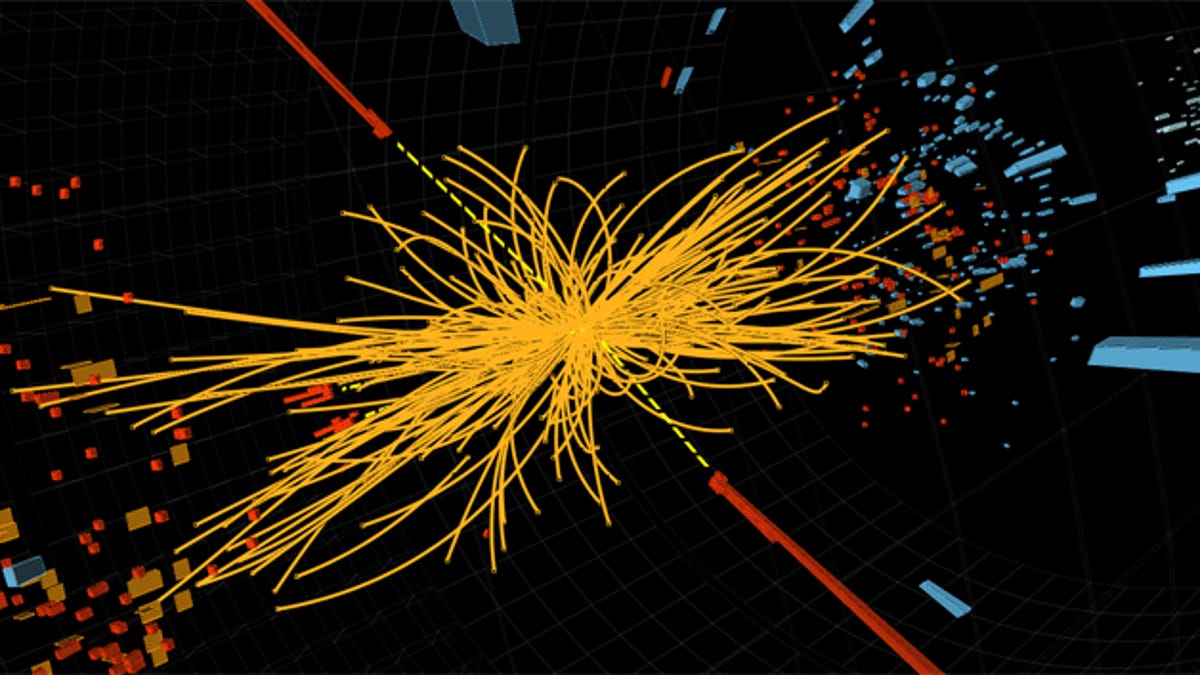Understanding the Higgs boson
Caltech's Mark Wise on why researchers are on the chase for this elusive subatomic particle.

This is a guest commentary. See Mark Wise's bio below.
The Higgs boson is an integral part of our understanding of nature. It is a particle that is an excitation of what is called the Higgs field. The Higgs field permeates all of space and when some of the fundamental particles travel through it they acquire mass. The amount of mass they acquire depends on how strongly they interact with the Higgs field. Some like the electron acquire a small mass while others acquire a much larger mass.
One peculiar aspect of this is that this Higgs field that permeates throughout all space is part of what we call empty space or the vacuum. It is only its impact on the particles that travel through it and the Higgs boson that we can observe in the laboratory. The Higgs boson lives for a very short amount of time so we don't observe it directly but rather we observe the particles it decays into and have to infer its existence from that. In the current theory we have for understanding nature we can make precise statements about what fraction of the time it decays into two photons versus two bottom quarks.
Going forward we want to see if those predictions are in agreement with the measurements from ATLAS and CMS. So this is the beginning of a very exciting story.
The current theory we have for basic interactions we observe in nature (the strong interactions that bind protons and neutrons in the nucleus of an atom, the weak interactions that are responsible for radioactive decay, and the electromagnetic interactions that play such a crucial role in the structure of atoms and much of modern technology) is called the standard model.
It describes much of what is observed in nature but we know it's incomplete. For example, it doesn't have a particle that can be the dark matter, which comprises about a quarter of the energy density in the universe. Also it has several unattractive features in how it works.
One of those features is called the hierarchy puzzle. Supersymmetric versions of the standard model are extensions of the standard model that don't have this unattractive feature. In order to avoid it they have additional that are called superpartners. In the simplest supersymmetric models that solve the hierarchy problem the Higgs boson usually comes out lighter than what the LHC data suggests, but this is not too serious an issue. The LHC data is already providing very strong limits on the masses of superpartners and if supersymmetry solves the hierarchy problem we should eventually observe some of the superpartners.
The heavier they are the more data it takes to produce enough of them to observe and that is why it might take a while to confirm or refute supersymmetry as a solution to the hierarchy problem.